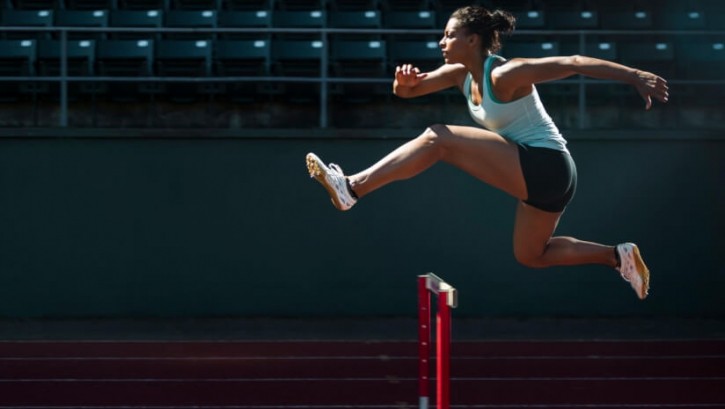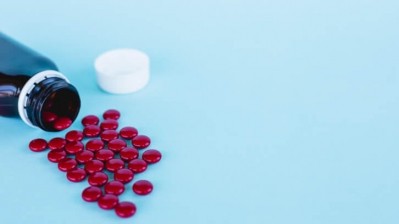Iron deficiency is prevalent among athletes: Study

Writing in the journal Nutrients, a team of German researchers reported on the impact of iron deficiency with and without mild anemia on athletic performance. Their study is among the few large-scale investigations to examine the effect of low iron levels in this demographic.
“Awareness by sports medicine physicians regarding iron deficiency in athletes is still not sufficiently developed,” the researchers wrote. “While the Centers for Disease Control and Prevention in the United States recommended screening of all non-pregnant women for anemia every 5–10 years throughout their childbearing life-years, the National Athletic Trainers’ Association does not currently recommend anemia screening in asymptomatic athletes.”
They added that recommendations for iron dietary intake for males and premenopausal women do not consider the iron demands that exercise and sports require and that the iron demands of endurance athletes often exceed the recommended iron intake by 70% per day.
Mixed results in past studies
Iron is necessary for biological functions of the body, specifically for the respiratory and the blood cell system with an emphasis on oxygen transport, energy production, DNA synthesis and cell proliferation.
Iron deficiency, which is characterized by few healthy blood cells in the body (anemia), is a global health concern. In low-income countries this can be caused by insufficient dietary intake or loss of blood because of colonization by intestinal worm, or both. As for high-income countries, eating habits, chronic blood loss and malabsorption are the main contributors to iron deficiency.
Iron is a critical component of oxygen transport and energy production in people and is a necessary micronutrient for those participating in sport activities, although anemia is often not identified in athletes. In addition, the researchers explained that the studies examining the impact of iron deficiency on individuals in endurance sport and on their performance is not often clear and results can be contrasting.
Study details
The study, which included 1,190 male and female athletes (mean age 21.9 ± 11.6 years), was based on a retrospective analysis of data routinely collected on athletes who presented at the department of sports medicine of the University Hospital Heidelberg between April 2020 and October 2021. It included a secondary analysis of data collected from a previously published study that examined blood pressure in athletes.
Regarding iron deficiency, findings indicated that deficiency was significantly related to reduced athletic performance comprising of VO2 peak value and to a lower percentage of athletes reaching VO2 peak of greater than 50 ml/min/kg.
The researchers recorded that 19.7% of participants had an iron deficiency at baseline with and without mild anemia. Younger athletes were associated with iron deficiency as well. More than 35% of the female athletes had reduced levels of iron.
“Regarding gender-differences, females’ iron losses via menstruation and lower iron intake compared to male athletes are the most likely reasons why female athletes had higher prevalence of iron deficiency,” the researchers noted.
Moreover, iron deficiency in athletes might also be linked to using non-steroidal anti-inflammatory drugs (NSAIDs), which may increase the risk for bleeding.
The researchers concluded that “the relationship between the iron status and athletic performance is complex and important to note bidirectional", adding that several mechanisms may contribute to this reduced athletic performance in iron-deficient athletes.
For example, iron deficiency may cause reduced oxygen availability possibly resulting in more reliance on anaerobic metabolism. This increases lactate concentrations, reduces glycogen levels, lowers blood pH and results in earlier depletion of muscle glycogen.
Source: Nutrients
doi: 10.1016/j.nut.2024.112516
“Iron deficiency in athletes: Prevalence and impact on VO2 peak”
Authors: Karsten Keller et al.














